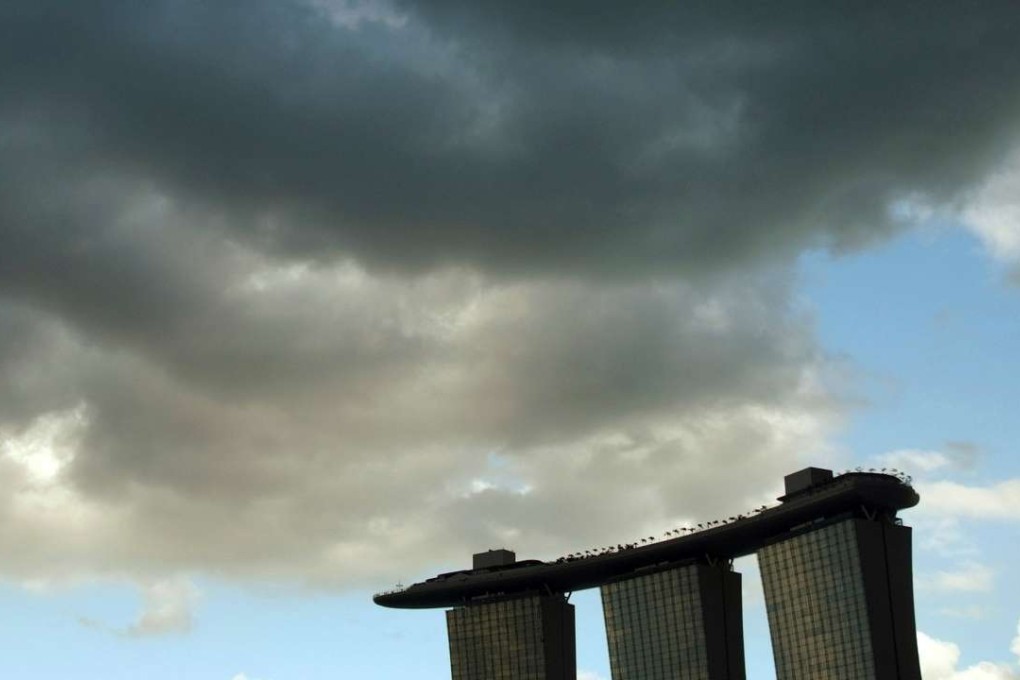No recession yet, but here’s why Singapore faces bigger worries ahead
Latest data shows economy is heading for its poorest showing in four years

After 16 years of running a small machine parts business, Singaporean businessman Leong Chan Wee finally decided to close shop earlier this year.
Business has been bad for two years, with sales trickling to a standstill but Leong held on because he didn’t know what else to do.
“We bought parts from China and sold them to precision engineering companies in the region. It was good in the late 1990s but these days it is very hard to survive,” said the 61-year-old.
“Luckily my kids have grown up, or else I wouldn’t know how to cope.”
Signs of a weak economy have been present in Singapore for some time, from near empty malls during the weekdays to restaurants shuttering up and workers finding it hard to get their jobs of choice.

Data released by the government on Friday showed the extent of the slowdown – Singapore’s economy is heading for its poorest showing in four years.